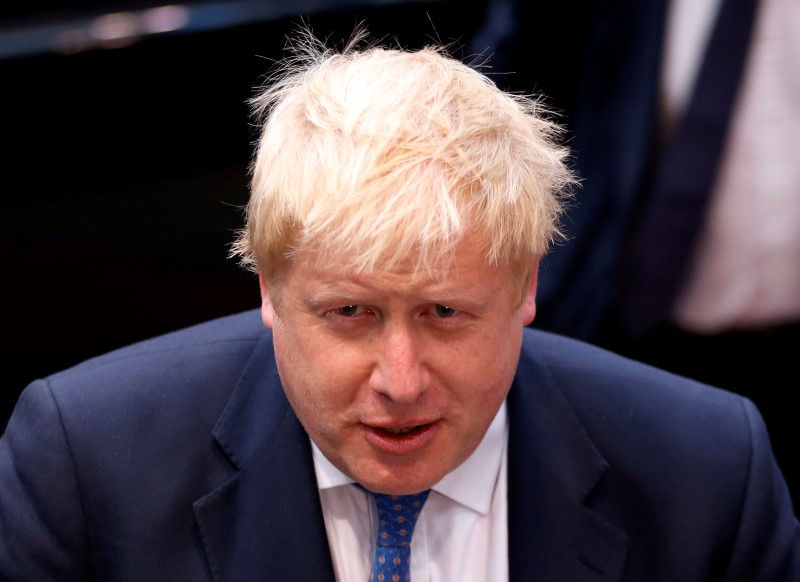Investing.com -- Here are the top 5 things you need to know in financial markets on Tuesday, 3rd September.
- Wall Street set to reopen lower
U.S. stock markets are set to reopen lower after the long Labor Day weekend, during which new U.S. and Chinese import tariffs came into effect and China filed a formal complaint over the U.S. tariffs at the World Trade Organization.
Reports suggested that the two sides had failed to agree on a date for resuming talks over the weekend.
The official Chinese yuan exchange rate continues to weaken, while the dollar index, which tracks the greenback against a basket of developed market currencies, hit its highest since April 2017, a development that threatens to squeeze the international earnings of U.S. companies.
At 6 AM ET, the S&P 500 Futures contract and Dow Jones 30 Futures were both indicated down 1.0% and the Nasdaq 100 Futures contract was down 1.2%
The general risk-off mood is still clear in the bond market, where the 30-year Treasury bond continues to yield under 2%, and the benchmark 10-year note yield is still trading below the two-year's. A speech later by Fed hawk Eric Rosengren, whose opposition to further interest rate cuts is already on the record, is unlikely to change much.
- Sterling tumbles to 3-year low on political turmoil
The pound fell below $1.2000 to its lowest in three years after opposition lawmakers started a move to force Prime Minister Boris Johnson to abandon his plans to take the U.K. out of the EU at all costs on Oct. 31.
The opposition, led by the left-wing Labour Party, will try to pass a procedural motion later on Tuesday taking control of the daily agenda from the government. If it passes, that could lead to a vote forcing the government to request another three-month extension to the Brexit deadline from the EU.
Johnson said on Monday that he would see such a move as a vote of No Confidence and call an election (analysts suggest it would take place on Oct. 14, two weeks ahead of Brexit day).
- PMIs head light day for data
A generally light day for data is set to be dominated by the ISM manufacturing survey, which is due at 10 AM ET (1400 GMT).
Last month’s index reading of 51.2 was the lowest since President Donald Trump was elected in 2016. Analysts expect it to inch down to 51.1, still just above the 50 level that separates growth from contraction.
IHS Markit’s PMI for U.S. manufacturing, which already last month suggested the sector was in recession, comes out 15 minutes earlier.
4. Saudi Arabia replaces al-Falih as Aramco chair
Saudi Arabia relieved Energy Minister Khalid al-Falih of his duties as chairman of Saudi Aramco, replacing him with the head of the country’s sovereign wealth fund. The removal of a serving minister as chairman appears aimed at facilitating the initial public offering for Aramco, which was shelved last year due to governance concerns from potential western investors.
Reports have suggested that the kingdom’s revived IPO plan revolves around an initial domestic listing, to be followed by an international listing in Tokyo.
5. Oil falls as Hurricane Dorian aims at east coast
Oil prices fell, consistent with the broader risk-off mood elsewhere. On Monday, Bloomberg reported that OPEC members had increased their oil production for the first time this year in August, casting a shadow of doubt over the bloc’s self-imposed production restraints (official Russian data last week also showed an increase in output for August).
The U.S. benchmark blend WTI fell 1.5% to $54.26 a barrel, while the international benchmark Brent fell by 1.1% to $58.02.
On Friday, Baker Hughes’ oil rig count fell by another 12 to 742, the lowest since November 2017, pointing to increasing strains on shale producers. However, even though the rig count peaked nearly nine months ago, U.S. production still hasn’t started declining.
Hurricane Dorian, which briefly threatened the Gulf of Mexico last week, is meanwhile set to turn north, hitting the northeast coast of Florida, along with Georgia and South Carolina, according to the National Hurricane Center.
